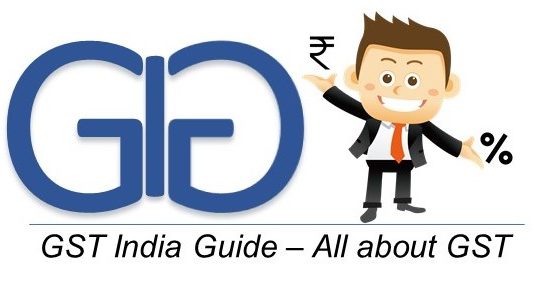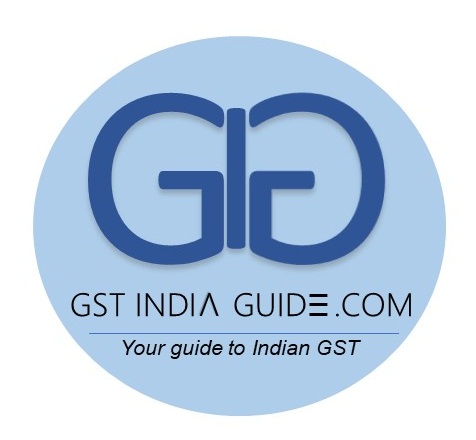The informal meeting called by finance minister Arun Jaitley with states to find a political solution for the pending issue of dual control under the proposed Goods and Services Tax (GST) remained inconclusive on Sunday. “The meeting has remained incomplete. Discussions will continue on November 25,” Jaitley told reporters after the over three-hour long meeting.
The slugfest between Centre and states is about who will gain how much control over the taxpayer base of VAT, excise and service tax after the rollout of the proposed indirect tax regime. The resolution of the issue of dual control, which has remained pending since the second GST Council meeting, will be crucial for the targeted rollout by April 1, 2017.
Kerala finance minister Thomas Issac said it is a stalemate and his state is unwilling to compromise as it has virtually given up its taxation rights. “It is a kind of stalemate. The committee has a tradition of going by consensus. We could not reach a conclusion. The Centre wants a fair share (of taxpayers to administer) but states consider it an unfair share,” Isaac said after the meeting.
States such as Kerala, Uttar Pradesh, West Bengal and Tamil Nadu have asked for exclusive control over small taxpayers below Rs 1.5 crore threshold.
“This is simply a question of administration. We do not want small traders with a revenue threshold of less than Rs 1.5 crore to be under the Centre’s control. UP, West Bengal and Tamil Nadu also have similar concerns,” Isaac said.
Uttarakhand finance minister Indira Hridayesh said states demanded exclusive control for both goods and service tax assessees of Rs 1.5 crore and below. “Centre is agreeable on goods, but is not yielding on services. States are looking at their interest to safeguard their revenue. Centre will have to yield to states to get the CGST and IGST bills passed. A middle ground on the issue has to be worked out politically,” she said.
Rajasthan Urban Development minister R Shekhawat said centre and states are working on different permutations and combinations.
Isaac said Centre prefers to have a vertical split of all dealers for assessment under GST. “They are taking a rigid stand but I hope good sense will prevail at the Centre.”
The GST Council was earlier discussing five proposals for dual control but in last meeting on November 4 had arrived at an option of two proposals — horizontal division and vertical division.
The vertical division involves division of entire taxpayer base between the Centre and the states in a particular ratio for three years for all purposes including audit. The possible division of taxpayers between the Centre and the states could be 50:50 or 40:60 or a mirror image approach in which if 60 per cent of taxpayers below the threshold of Rs 1.5 crore were allocated to states, then 60 per cent of taxpayers above the threshold would be allocated to the Centre. It has been proposed that the arrangement could be switched every three years.
In the horizontal division, the taxpayers will be divided based on turnover. Taxpayers below Rs 1.5 crore turnover should be administered only by states and those above Rs 1.5 crore should be administered by the Centre and the states with cross empowerment. The biggest disadvantage of such an option is that it will be highly skewed as 93 per cent of the service taxpayers and 85 per cent of VAT assessees have turnover below Rs 1.5 crore.
According to the updated figures shared by the Centre with the states, the likely taxpayer base in GST would be 107 lakh, out of which states account for 67 per cent (71.7 lakh) and Centre is estimated to account for 33 per cent (35.3 lakh). There are around 81.4 lakh VAT dealers, out of which active dealers are 66.5 lakh. For service tax, there are 38 lakh assessees, out of which 26 lakh are active assessees, while there are around 4,00,000 assessees for excise. Around 4,00,000 taxpayers are common to the Centre and the states.
The next GST Council will meet on November 25 to finalise four supplementary bills dealing with CGST, SGST, IGST and the compensation law. A technical committee of officers will meet before the GST Council meeting to iron out differences between the states and the Centre.
The Indian Express, 21st November 2016

